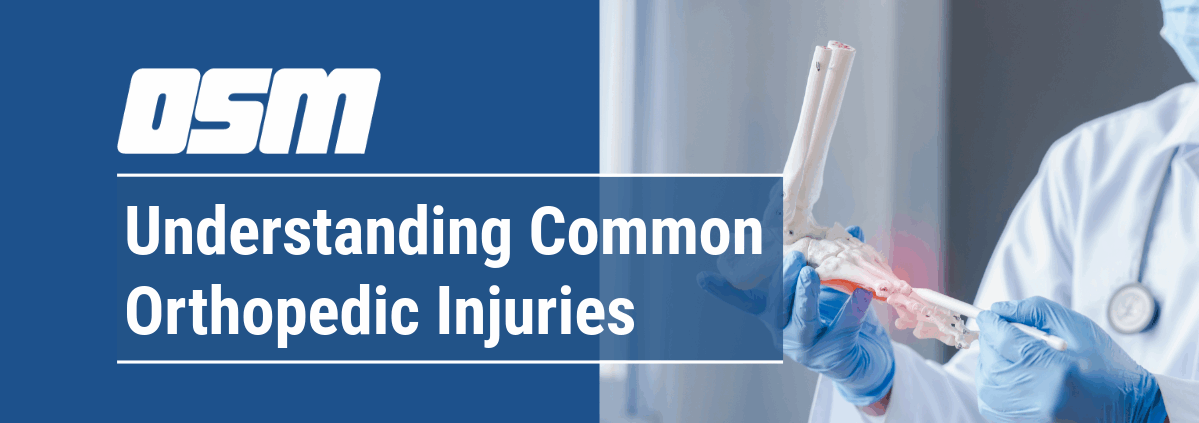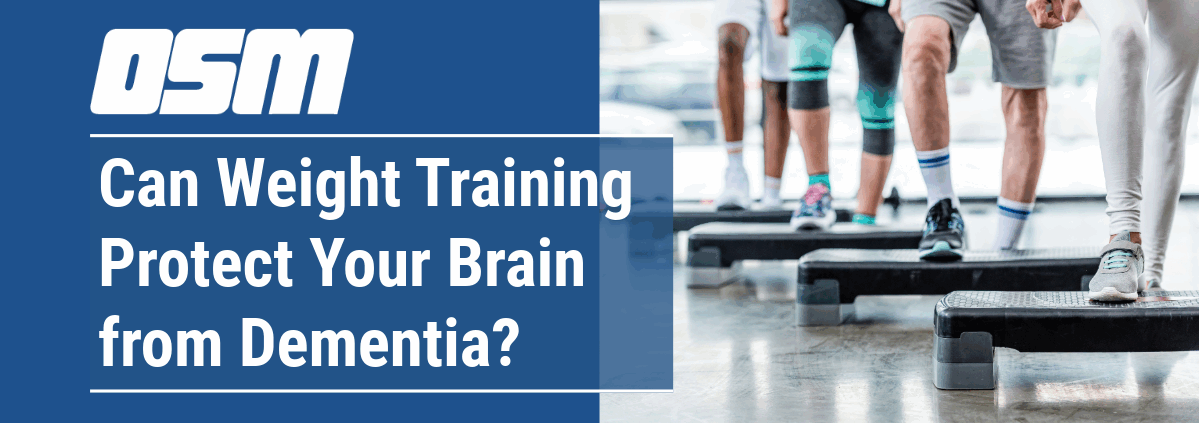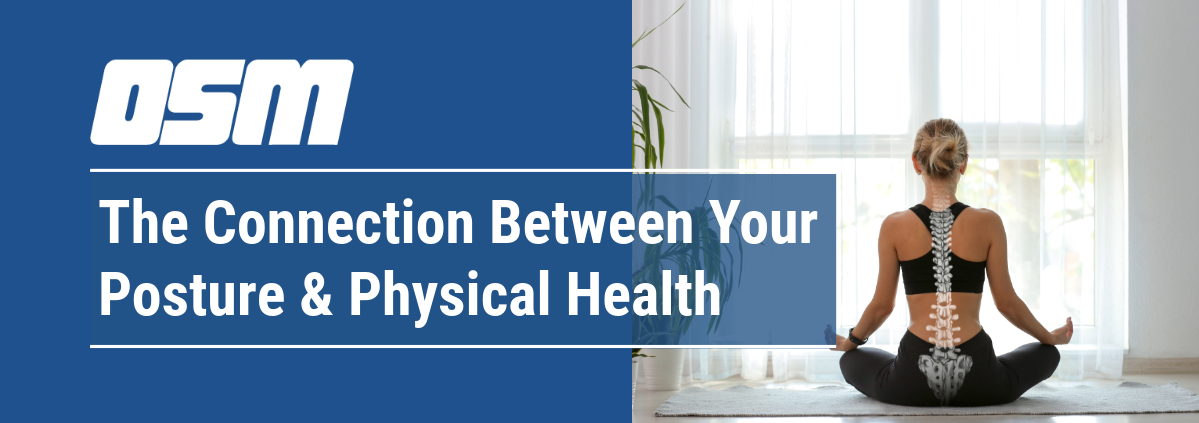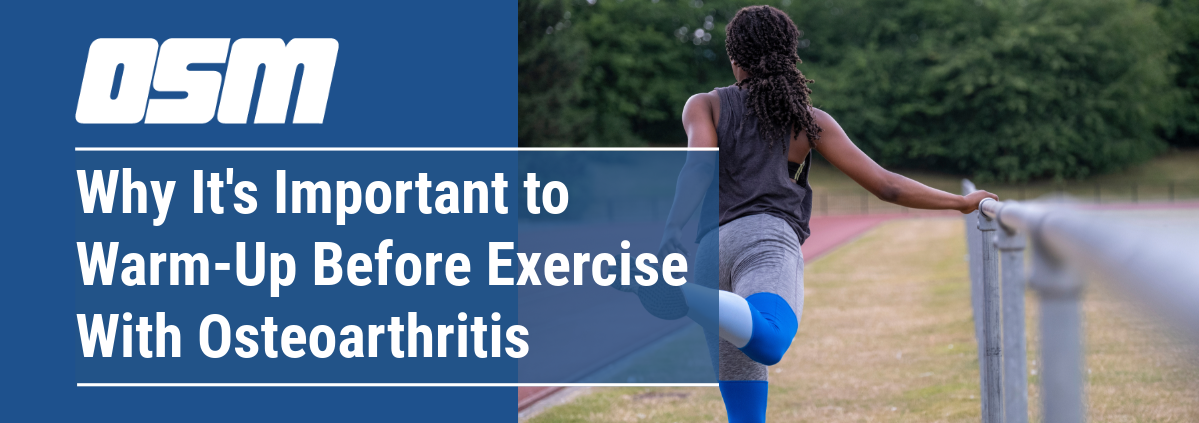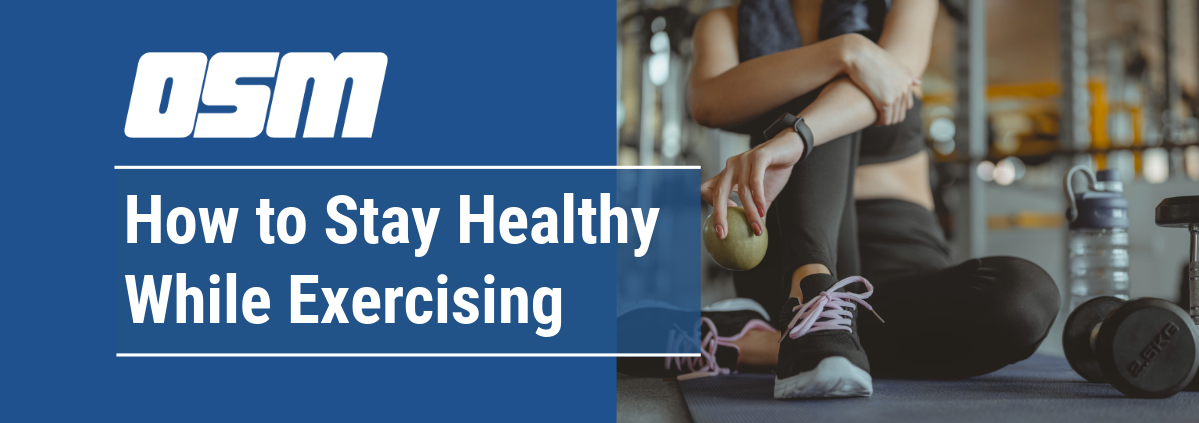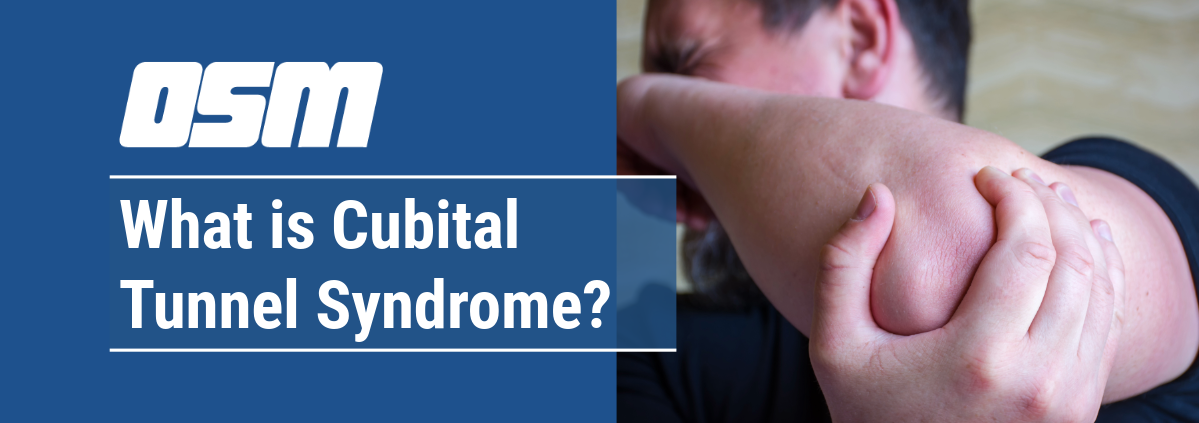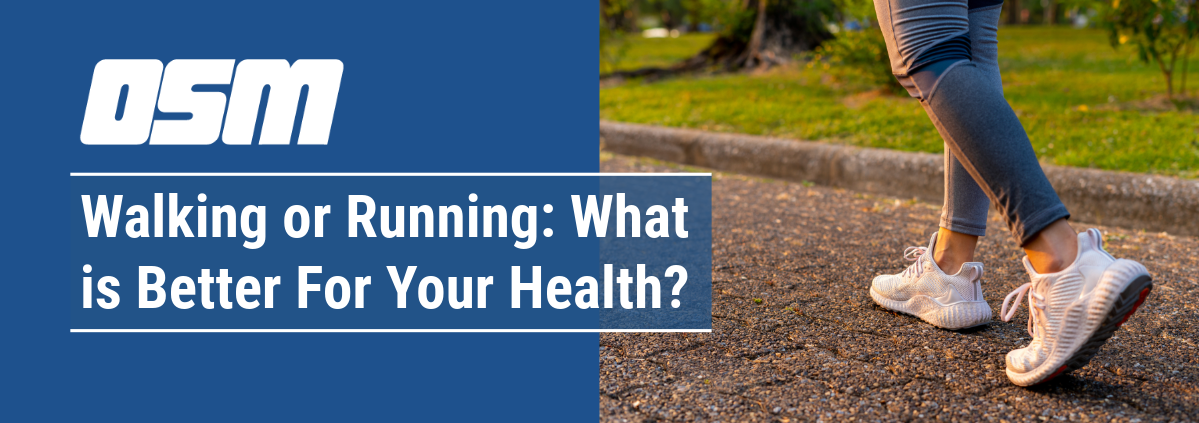Understanding Common Orthopedic Injuries
Article featured on Citizens Specialty Hospital
Orthopedic injuries are among the most common types of injuries that occur in humans. These injuries occur as a result of damage to the musculoskeletal system, which is responsible for the movement of the body. The musculoskeletal system includes the bones, muscles, ligaments, tendons, and cartilage. Orthopedic injuries can result from a variety of causes such as trauma, overuse, and improper use or genetic predisposition. Regardless of what causes these injuries, understanding the symptoms, and treatments for them can make a significant difference in the recovery process.
Fractures are one of the most common types of orthopedic injuries. A fracture occurs when there is a break in the continuity of the bone, and it can happen due to a variety of reasons such as a fall, car accident, or sports injury. The symptoms of a fracture may include pain, swelling, and inability to move the affected area. Treatment for fractures may include immobilization, rest, pain medication, and in severe cases, surgery. The type of treatment prescribed will depend on the severity of the fracture, its location, and the age and general health of the patient.
Sprains are another common orthopedic injury that occurs when a ligament gets stretched or torn. Sprains can happen due to a sudden twist or impact, and they commonly occur in the ankle, knee, or wrist joints. The symptoms of a sprain may include pain, swelling, and difficulty moving the affected joint. Treatment for sprains typically involves rest, elevation, compression, and ice. In severe cases, surgery may be required to repair the damaged ligament or joint.
Tendinitis is a type of orthopedic injury that occurs when tendons, which are the thick bands of tissue that connect muscles to bones, become inflamed. Tendinitis commonly occurs as a result of overuse, and it can affect any tendon in the body. The symptoms of tendinitis may include pain, stiffening, and swelling. Treatment for tendinitis typically involves rest, ice, anti-inflammatory medication, and physical therapy to help restore strength and flexibility to the affected area.
Arthritis is a condition that causes inflammation and pain in the joints. There are many different types of arthritis, but the most common type is osteoarthritis, which is caused by wear and tear on the joints over time. The symptoms of arthritis may include pain, stiffness, and swelling. Treatment for arthritis involves managing pain and inflammation through medication, physical therapy, and lifestyle changes such as exercise and weight loss. In severe cases, surgery may be required to replace the damaged joint.
The Orthopedic & Sports Medicine Center of Oregon is an award-winning, board-certified orthopedic group located in downtown Portland Oregon. We utilize both surgical and nonsurgical means to treat musculoskeletal trauma, spine diseases, foot and ankle conditions, sports injuries, degenerative diseases, infections, tumors and congenital disorders.
Our mission is to return our patients back to pain-free mobility and full strength as quickly and painlessly as possible using both surgical and non-surgical orthopedic procedures.
Our expert physicians provide leading-edge, comprehensive care in the diagnosis and treatment of orthopedic conditions, including total joint replacement and sports medicine. We apply the latest state-of-the-art techniques in order to return our patients to their active lifestyle.
If you’re looking for compassionate, expert orthopedic and podiatric surgeons in Portland Oregon, contact OSM today.
Phone:
Address
17355 Lower Boones Ferry Rd Suite 100A
Lake Oswego, OR 97035
Hours
Monday–Friday
8:00am – 4:30pm

